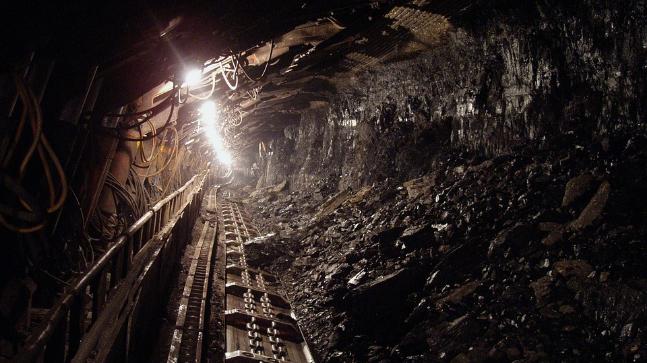An article published in Livemint, an English financial daily claimed that “Odisha is rich in coal, bauxite, iron and rare earth minerals. Production at mines has been slow in the wake of a sluggish economy over the past five years.” The article was written by Dhirendra Tripathi with the title ‘Odisha Elections 2018: Will BJP be able to make a dent in BJD’s citadel?’ and this was the lead story of Livemint for the day. However, the claim that production at mine has been slow in the wake of a sluggish economy falls short on facts.
As per the data from the Ministry of Coal, the production of coal increased by 24 percent from 462.4 MT in 2013-14 to 573.8 MT in 2018-19. On the other hand, coal production increased by only 14.5 percent during the second term of the UPA government. In the state of Odisha, the production of coal increased by 23 percent in the last 5 years against 14.6 percent in UPA II. The state produced 110.4 MT coal in 2013-14 while production reached to 135.7 MT in 2018-19.
The Ministry achieved many other milestones in the last five years. 14 Coal mines located in the State have been transparently allocated through e-auctions and allotment. Estimated Revenue to the State over the lifetime of the mines is 40,057 crore rupees. The ministry also allotted 5 coal mines for end use power or sale of the coal to the state. Manoharpur & Dipside Manoharpur coal mines with extractable reserves of 152 MT have been allocated to M/s Odisha Coal & Power Limited. Baitarni West coal mine with Geological Reserves of around 468 MT has been allocated to M/s Odisha Mining Corporation Limited. Tentuloi coal mine with an estimated extractable reserve of 1,234 MT has been allocated to M/s Odisha Thermal Power Corporation Limited. Brahmani coal mine with an estimated extractable reserve of 58.9 MT has been allocated to M/s Odisha Mineral Development Company.
The Government has developed a Coal Mining Surveillance & Management System (CMSMS) app with the help of Bhaskaracharya Institute for Space Application, Geo-informatics (BISAG) and Ministry of Electronics & Information Technology (MeitY), to use technology for curbing illegal coal mining activity in the coalfield areas of the country.
The illegal activities related to coal mining operations in India has been receiving a lot of criticism in the recent past. The current system of monitoring of illegal coal mining is not efficient. It is based on local complaints and inputs based on unreliable sources. Also, there is no robust mechanism to monitor the action taken on such complaints. Most of the times, the complainant’s life is in threat. This lawlessness is being tackled by Minister of Coal, Piyush Goyal.
Under the leadership of Piyush Goyal, India has performed very well in terms of coal production. Coal is the primary source of energy in the country with almost half of total requirements being completed through this fossil fuel. Most of the thermal power plants use coal to generate electricity. Former chief economic advisor, Arvind Subramnian argued in his book, Of Counsel, that coal will be primary source of energy for the country for at least next few decades. Therefore, India should not fall in the western trap of Carbon Imperialism and continue to use coal as primary source of cheap energy.
The Ministry of Coal has worked on same lines and made the production technology more efficient. Therefore production has moved north in the last few years. However, some newspapers and writers who are not aware of data are spreading misinformation to malign the government and ministry.
